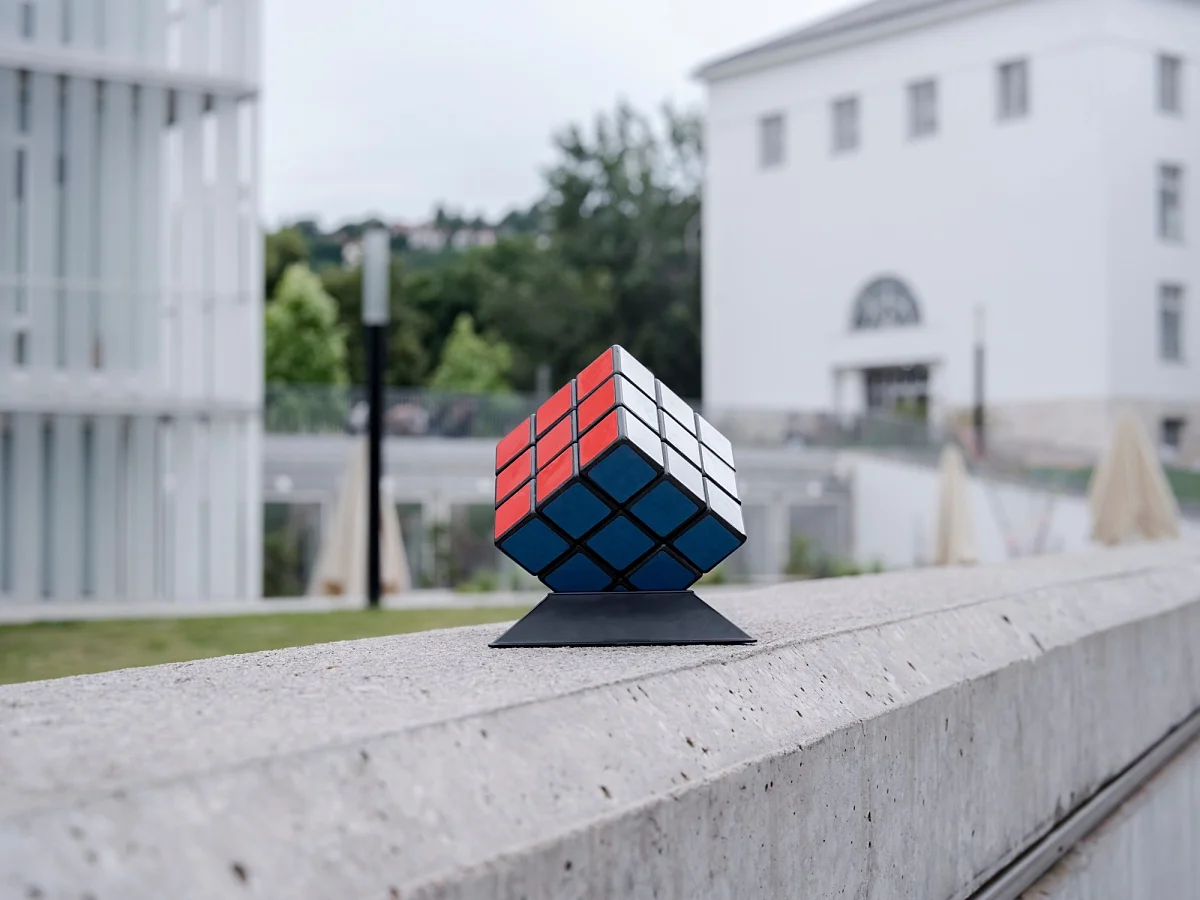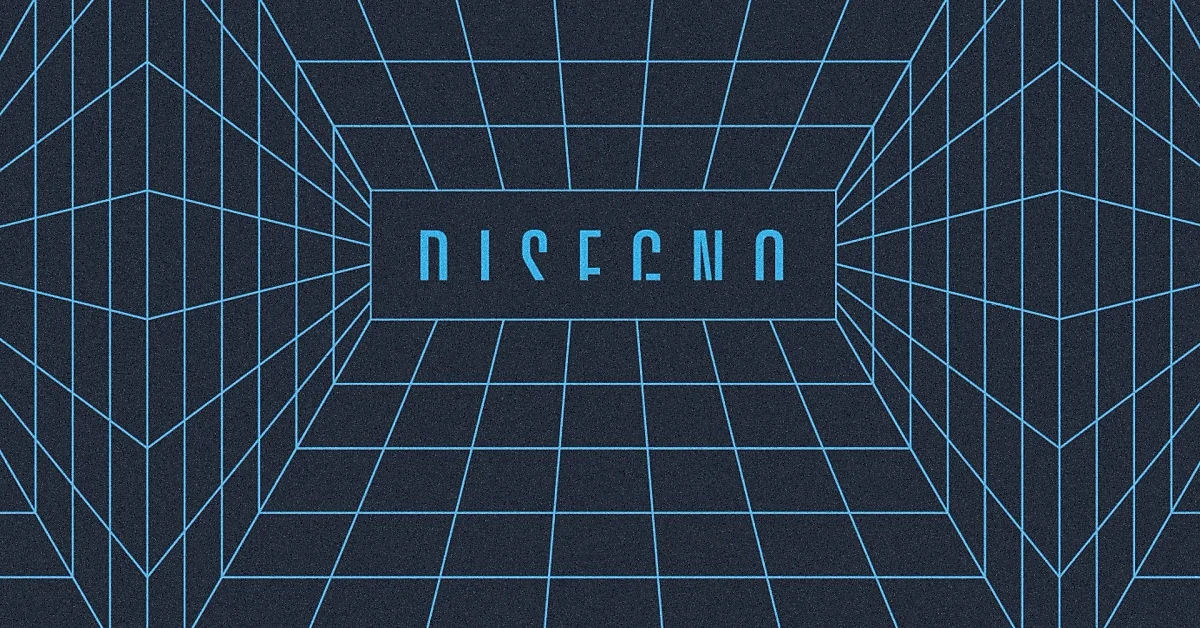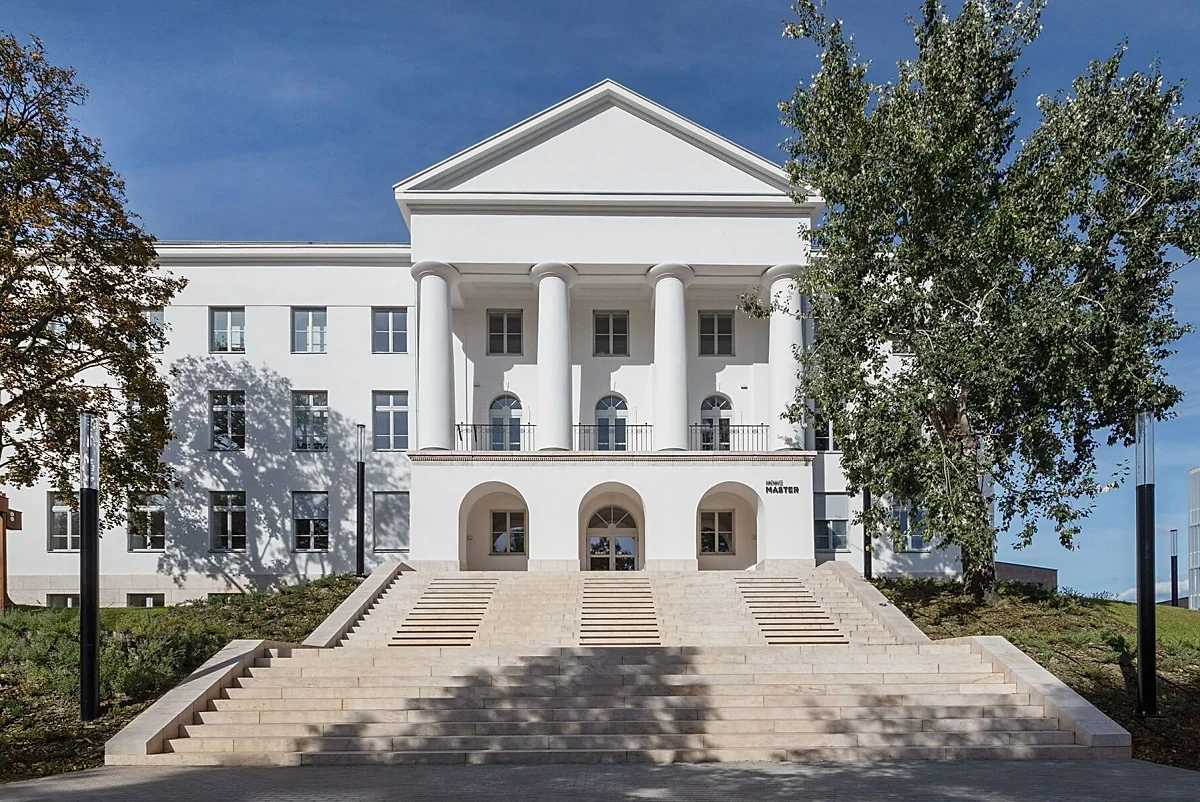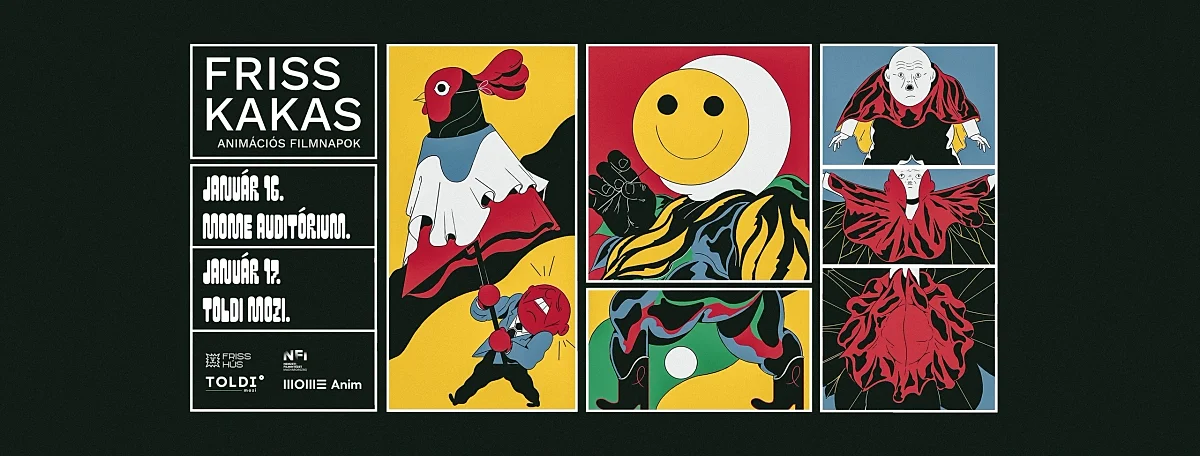
The magic cube celebrates its 50th anniversary
To mark the occasion, MOME is hosting a comprehensive symposium analysing the cultural and social impacts of the Rubik's Cube. Moholy-Nagy Award-winning designer and architect Ernő Rubik, who will be present at MOME's celebratory event, created the Cube as an illustration for a geometric problem in 1974 while teaching at the university in Zugliget. He worked as an assistant lecturer, senior lecturer, and eventually an associate professor at MOME. Initially intended as a tool to demonstrate spatial movements, the Cube turned out to be a fantastic game as well.
In addition to kicking off a series of anniversary events, featuring student works and special installations celebrating the Cube and its designer worldwide this autumn, the symposium will include short talks on how this unique item has integrated into our civilisation and culture by prominent figures from Hungary's scientific and artistic communities. Cellist Ditta Rohmann will deliver a music-illustrated presentation titled Problem Solving in Music, drawing parallels between the working principle of the Rubik's Cube and compositional practices in music. Other talks will include Cubic Meters of Sand by designer Irma Földényi, The Rubik's Cube as Edutainment by mathematician László Mérő, The Cube and the Worm – Old Words for New Things by linguist, poet, and literary translator Ádám Nádasdy, Efficiency and Experience in Algorithmic Culture by Ákos Schneider examining the impact of the Cube on 20th- and 21st-century design culture and key scientific fields. The event will start with a welcome speech by Rector József Fülöp and will be moderated by Krisztina Boros.


